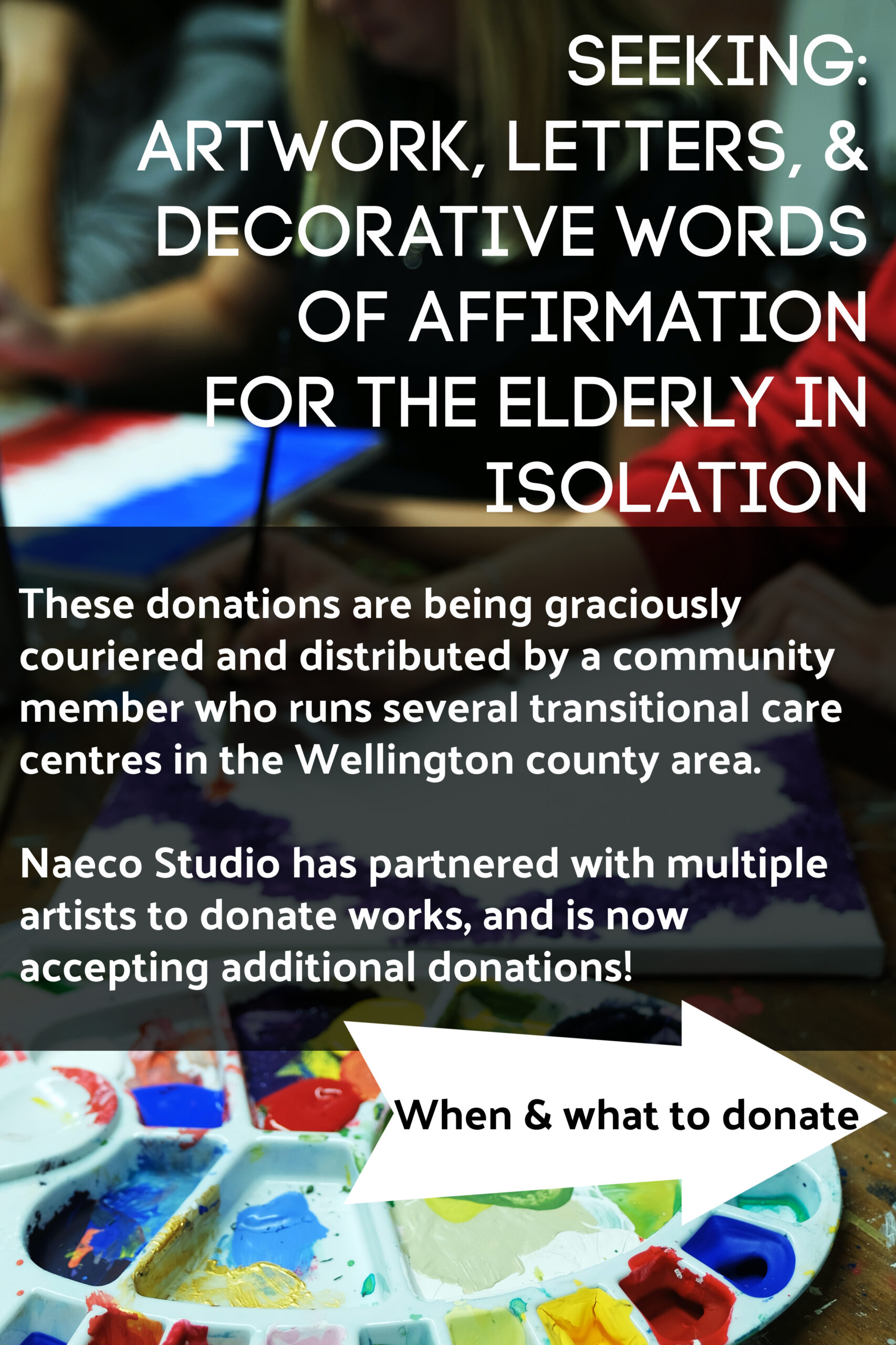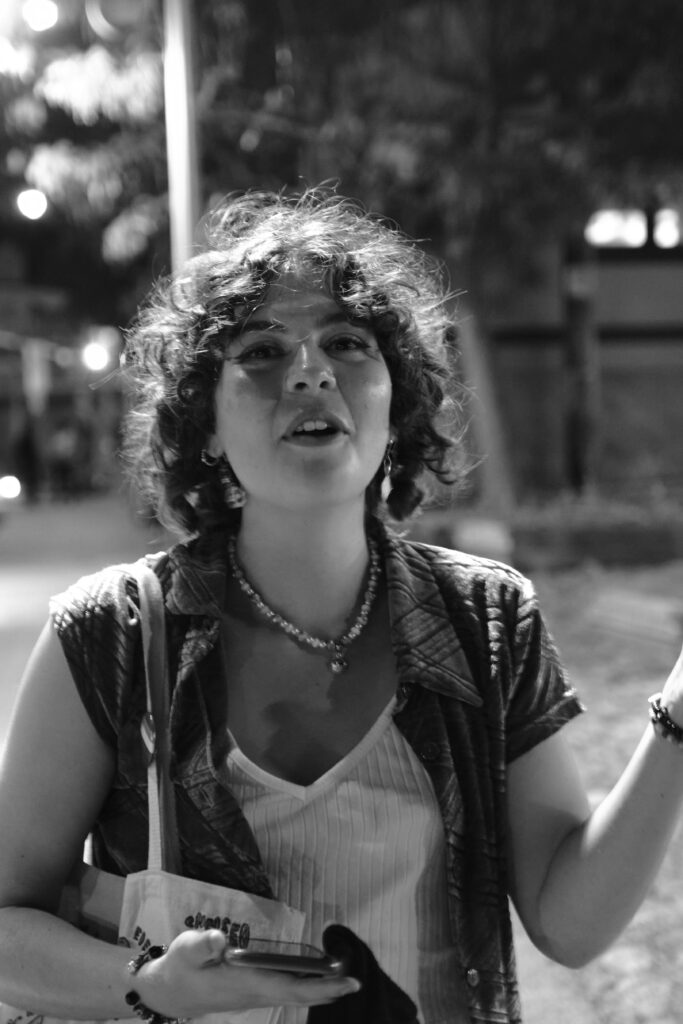Community care is essentially what happens when we take care of each other. It recognizes that ‘self-care’ can only go so far as an individualistic notion of wellness that doesn’t take into account one’s situatedness in a culture as a social being.
Within each community, there are diverse people with different elements to offer, who also have distinct needs. It sounds like an obvious sentiment that we ought to care for one another, but it can be difficult to put into practice. Especially when you’re working with pre-existing socialized beliefs and servicing people with different lives than your own.
The most useful learning while stepping into community care, for me, was practicality: Start with small, tangible things you can already offer given whatever is abundant for you.
Community care means acknowledging what you have and what is needed. It also means knowing what you need and don’t have. Far from the one-way street of charity, far from the force of obligation. Mutual aid requires the liberation to share through one’s own autonomy. It involves filling those gaps of need in alliance with activism to dismantle contributing factors of inequity in the first place. Community care is sustainable as it is reciprocal.
A tricky element of conducting community care is knowing when it’s wanted. What is the purpose of offering something that doesn’t really land as helpful? To avoid causing harm regardless of intentions, to offer without being invasive, and being informed on details beyond my lived experience; these are things I have learned to prioritize.
Naeco Studio recognizes the power of artistic modalities as a way of expressing, healing, and coming together. My community care efforts typically show up as arts-based. Sometimes, it’s as simple as allocating or collecting donations of artistic supplies towards an initiative. Sometimes it’s homemade zines, personalized letters, or making crafts with someone who needs some companionship.
I admire MAMAS’ principle of mutual aid: “You may be able to offer help one day and need something the next. We encourage people to both give when they can and be supported to ask for help when they need it.”
Community care, and mutual aid in particular, has credit rooted in anti-capitalism, anti-imperialism, racial justice, gender justice, and disability justice. The history of doing things For The People and helping one another, has been sustained by marginalized groups as a means of survival. This legacy and its practices are unfortunately still required due to the inequity presently.
Resources with Perspectives on Understanding Community Care, Mutual Aid, and Art as Activism to Inspire You:
Allege
NewYouth
Green Is The New Black
The Cut
Pollen
REP
Anarchist Library
Curbed
Crown Heights
Below are several instances of community care that Naeco Studio has spearheaded or supported. If you have any leads or ideas about community care projects that you’d like to collaborate on, especially arts-based opportunities, please get in touch.



Naeco Studio (in collaboration with Outlet Collective) was contacted to spearhead four murals in the new Maplewoods Centre at UoG. We orchestrated the project from planning, calls for community muralists, designing collaborative workshops, cultivating supplies, etc. Here are a few highlights from our interview with Guelph Arts Council:
They launched a call for submissions on January 17, seeking to prioritize spaces for individuals who self-identify as: Indigenous, Black, POC, LGBTQ2I+, individuals with mental health conditions, including addictions, and people with visible and/or invisible disabilities. “We are committed to making this project accessible for all participants,” they emphasized.
“Murals in spaces that provide mental health resources to community members have the power to not only express care and make the space feel lighter, but they’re also an opportunity for representation (…) fostering understanding and belonging.”
https://guelpharts.ca/general/bridging-worlds-and-nurturing-connections-the-mural-project-at-the-maplewoods-centre-for-family-therapy-and-child-psychology/
Grace Gardens Supportive Housing Initiative

Community Canvases
Naeco Studio, in collaboration with Outlet Collective, facilitated a community-engaging event of art-making as a response to a pre-existing initiative. The evening involved guided art warmups leading to collaborative abstract mark-making on 30+ canvases. These canvases were donated to the Grace Gardens Permanent Supportive Housing Initiative in Guelph, which provided permanent homes and living supports for 30+ folks in the community to alleviate them from the housing crisis and the over-crowded, short-term shelter support alternatives. By inviting community to make mindful, collaborative art for these spaces, it was our hope that individuals would find their new homes to feel less clinical and more warm/encouraging A photo montage of finished paintings can be found here: https://www.instagram.com/reel/CmO-c1VjRL7/?utm_source=ig_web_copy_link
Call for Action: 2020, onwards
Writing Letters to Elderly in Isolation
In 2020, Naeco Studio compiled a list of Canadian organizations who were accepting letter submissions to the elderly in isolation as a result of COVID-19. This was one of the first times Naeco Studio had pushed for a call to action, but it was far from the last.


Naeco Studio continued giving art, letters, and cards to the elderly throughout the pandemic, as well as collecting these sorts of donations from locals who wanted to contribute. Many of these gestures began with an Instagram call for action.
On one occasion, a community member made a public post in a local Guelph group asking for a few letters or art made by kiddos for elderly folks at their place of work. Naeco Studio got in touch with them and organized many artists to make hundreds of works, letters from community members, and works from kids as well.
Housing safety is a human right.
So is joy, and the autonomy to express:

Naeco Studio got in touch with a wonderful community member during the COVID pandemic who was working to humanize the process of transitional housing despite many shelters and organizations being unable to accept donations due to restrictions. Whether someone’s transition into housing, amid lots of isolation, turns out to be a good experience is largely dependent upon the resources and materials they have access to in the process.




Encampment Support Network (Toronto) does incredible work with the unhoused population. Securing supplies, liaising media coverage and funding redistribution in efforts for community-oriented mindsets, especially when it comes to precarious housing, etc.
I noticed the effects that signage had on their media coverage. Encampment residents found succinct expressions of love and resilience to get their messages across to press. They were also quite decorative, and I figured between the right to communicate and the need for creative solace; additional art supplies would be a worthy offering. I reached out to ESN and they confirmed it indeed was. This call for donations was Naeco Studio’s contribution.
Public Portraits
MAKING PEOPLE FEEL SEEN MAKES PEOPLE FEEL LOVED.


Asking strangers if I can take their portrait is a process with many layers. First- the hurdle of embarrassment that comes from speaking to someone you don’t know, then the blushing smiles of those I’m trying to capture, and most of all, an exchange. Whether it be a story to listen to, a laugh, or just the witnessing of growth in front of a lens. I don’t have people pose, I have them tell me about themselves, just where I found them. There’s something about this process that’s raw and manages to connect me to my community. I think people feel seen, heard, and out of that comes some new sense of belonging.

